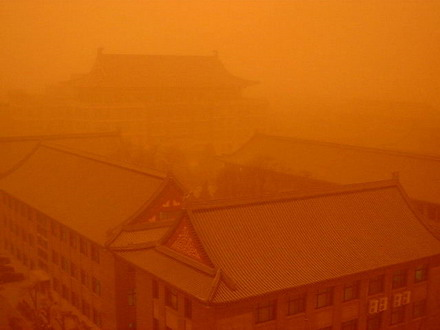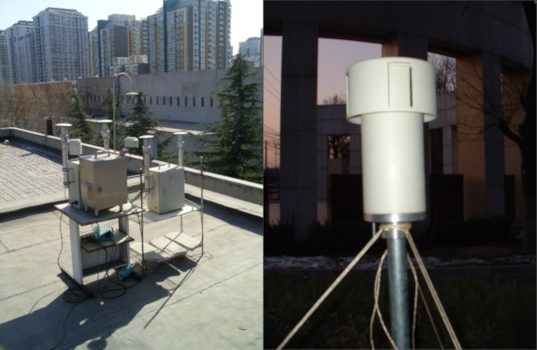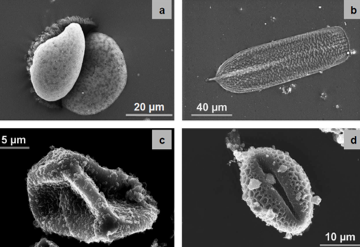Scientific background: Anthropogenic sources like traffic, combustion of fossil fuel or construction work, but also natural sources like pollen or geogenic dust, are significant causes of atmospheric particulate matter. In higher concentrations, these particles endanger human health and have an influence on climate and environment. Their effect strongly depends on particle size, shape and composition. We use and improve our analytical tools to understand the spatio-temporal variation of particle mass, geochemistry and mineralogy and identify particle source in order to set targeted mitigation measures.
Our analytical strength and challenges
- Sophisticated climatic chamber (T: 21±1°C, relative humidity: 40%) allows accurate determination of particle mass
- Determination of major and trace element geochemistry (especially PM1 and PM2.5) in studies with high spatio-temporal resolution.
- Single particle geochemistry in a µm range
- Capturing isotopic signatures as source indicator
- High accuracy analysis of trace element concentration in a situation of high filter blanks
- Method development to directly analyse major and trace elements on dust sampling filters using XRF
Analytical possibilities
Current research topics and projects
- Sources and processes of urban air pollution (SPURAP)
Selected publications
- Norra, S., Yu, Y., Dietze, V., Schleicher, N., Fricker, M., Kaminski, U., Chen, Y., Stüben, D., Cen, K. 2015. Seasonal dynamics of coarse atmospheric particulate matter between 2.5 μm and 80 μm in Beijing and the impact of 2008 Olympic Games. Atmospheric Environment 124, 109-118.
- Schleicher, N., Yu, Y., Cen, K., Chen, Y., Chai, F., Wang, S., Norra, S. 2013. Source identification and seasonal variations of carbonaceous aerosols in the megacity Beijing – a stable isotope approach. In: Rauch, S., Morrison, G., Norra, S., Schleicher, N. (eds.): Urban Environment, 263-270, Springer.
- Schleicher, N., Norra, S., Chai, F., Chen, Y., Wang, S., Cen, K., Yu, Y., Stüben, D. 2011. Temporal variability of trace metal mobility of urban particulate matter from Beijing – A contribution to health impact assessment of aerosols. Atmospheric Environment 45, 7248-7265.



